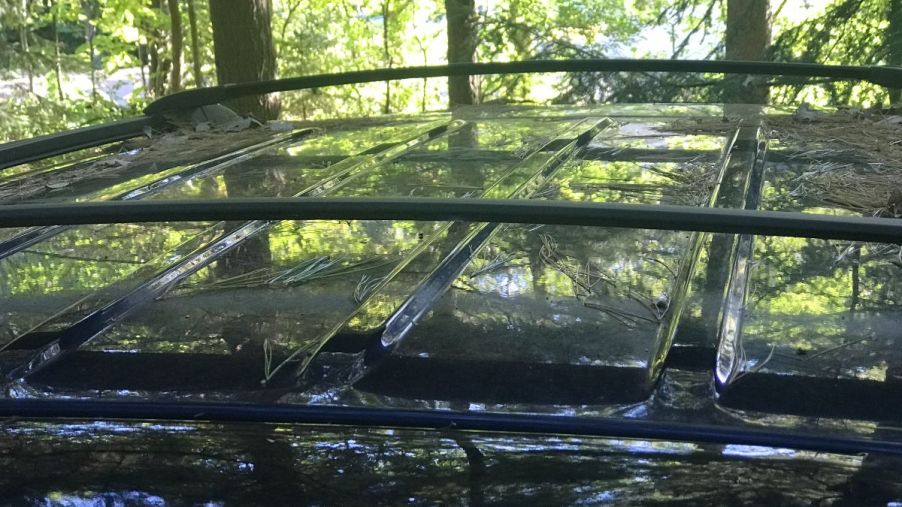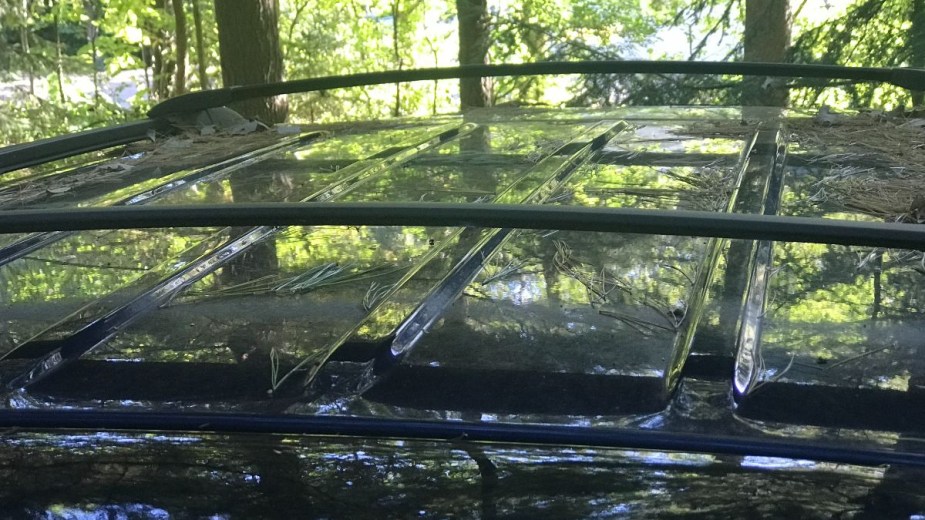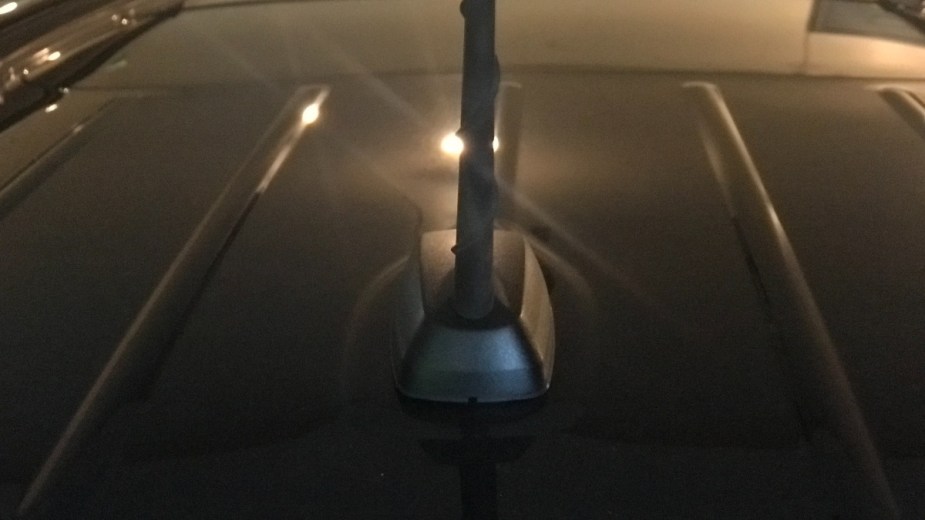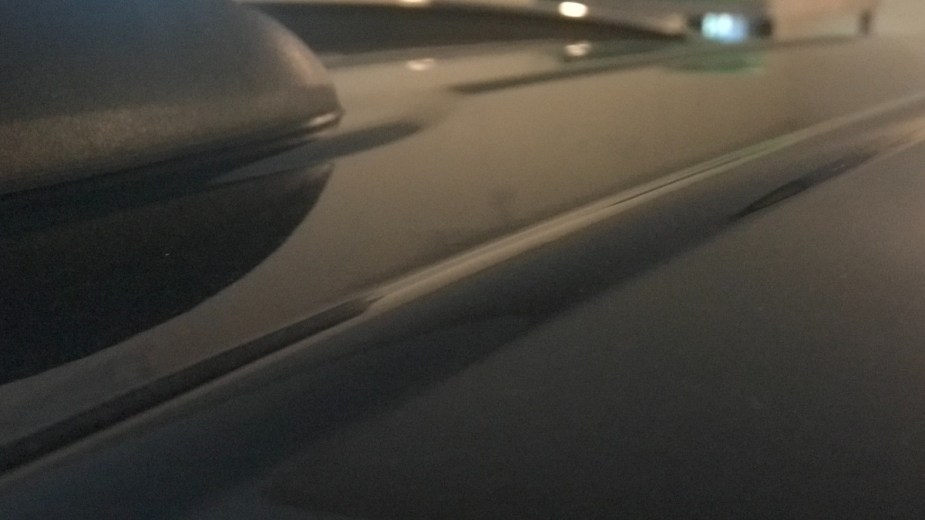
Why Do SUVs Have Ridges on the Roof?
If you have an SUV, you may have noticed that there are ridges on the roof. They typically run parallel to the length of the vehicle and range from two to 12 indentations. The ridges are a common feature for SUVs, but why are they there?
Ridges on SUVs provide strength for the large roof area

The primary reasons why SUVs have ridges on the roof are for strength and structural integrity. The added strength and structural integrity are necessary for SUVs and other vehicles with large roof areas, including trucks and vans.
By installing the ridges on an SUV, the roof is more rigid and stable. This stability is especially important for when the SUV is moving at highway speeds, as it keeps the large metal sheet on the roof from shaking.
Furthermore, with the ridges, the roof is stronger without having to add additional material to make it thicker. Also, if the SUV didn’t have the ridges, automakers might have to install braces to the body panel so that the roof is secure and won’t fall off so easily, as detailed by Auto Sunday. Along with saving manufacturing costs and making the vehicle lighter, it increases the headspace in an SUV. Additionally, the ridges help make an SUV more aerodynamic.
Ridges increase the resistance of the roof so it can hold more weight

To make the ridges, manufacturers use a process called stamping or pressing, which converts metal sheets into specific shapes. With the stamping of the metal into ridges, the overall resistance of the roof increases.
The reason why the roof resistance increases is because when a force, such as wind resistance on a moving vehicle, comes in contact with the roof, the ridges redirect energy to multiple directions. As a result, the force is reduced as it travels away from the ridges.
Another benefit of the increased resistance provided by the ridges is the roof can hold more weight. This is helpful for carrying things such as cargo boxes and carriers, kayaks, bicycles, skis, and snowboards.
Some drawbacks of the roof ridges on SUVs

We discussed the benefits of the roof ridges on SUVs, but they have some drawbacks as well. For one, some ridges collect water, which can then pour down the window and around the doors. Also, in the winter, the ridges can collect snow, making it difficult to clear it off the roof.
Another issue is dirt and debris can accumulate around the ridges. This makes it challenging to clean the roof, and it sometimes requires a ladder to do so. Also, while some people like the style of the roof ridges, others don’t — and find them aesthetically unappealing. It can take away from the smooth and sleek look that you’ll see on smaller cars.
However, if you don’t want the ridges due to any of these reasons, you shouldn’t remove them from your vehicle. Cutting them off will damage the structure of the roof. Along with making an SUV less safe, doing so will harm its performance. Additionally, it will decrease its resale value.


